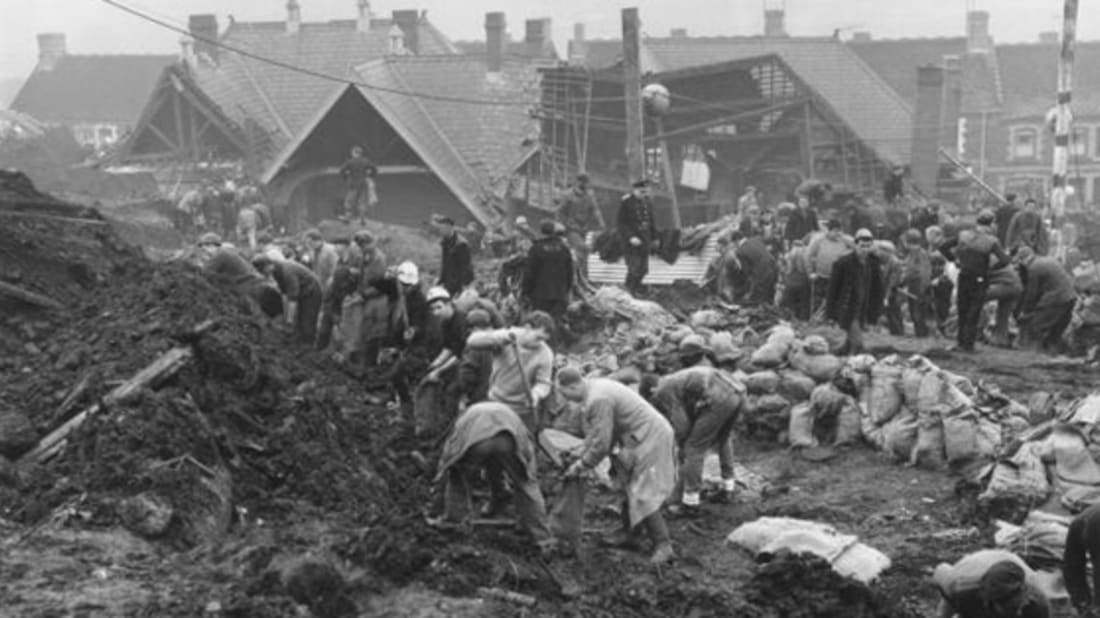Introduction:
When listening to New York Mining Disaster 1941 by the Bee Gees, one cannot help but feel transported into a moment of profound human struggle and fragile hope. The song, though inspired by a mining tragedy, is more than just a tale of disaster—it is a haunting reminder of the vulnerability of life, the strength of love, and the yearning to be remembered. Written in 1967, it was the first major international hit for the Bee Gees, and even after decades, its emotional weight remains as moving as ever.
The song opens with the voices of the Gibb brothers wrapped in delicate harmonies, evoking a sense of closeness and urgency. The narrative is simple yet deeply stirring: a miner, trapped underground after a collapse, wonders if anyone on the surface can hear him. He asks his companion if he has “seen my wife, Mr. Jones,” a line that strikes like an arrow to the heart. It is not wealth, power, or survival that he thinks of first, but the face of the woman he loves. That tender detail elevates the song from tragedy into timeless poetry. It is not only about death and disaster, but about the enduring human need for connection in the face of despair.
What makes this piece so unforgettable is the way the Bee Gees use restraint. The melody is sparse, almost whispering, leaving space for silence to speak louder than sound. The harmonies are plaintive, echoing like voices lost in a cavern, carrying both fear and longing. In that musical space, listeners can almost feel the claustrophobic darkness of the mine, the weight of the earth pressing down, and the faint glimmer of hope that someone above might still hear their cries.
The song also reflects a universal truth: in the most desperate hours, what matters most is not the material things we leave behind, but the love we carry with us. It is about the fragility of human life and the quiet courage of facing the unknown while clinging to memory and affection. Perhaps that is why the song continues to resonate—because at its core, it speaks to something every person understands: the fear of being forgotten, and the deep desire to hold on to those we cherish.
New York Mining Disaster 1941 is not just a song—it is a testament to the Bee Gees’ gift for storytelling through harmony, a timeless elegy that turns tragedy into beauty. Long after the final note fades, its echo remains in the heart, reminding us of both life’s fragility and love’s eternal strength.
